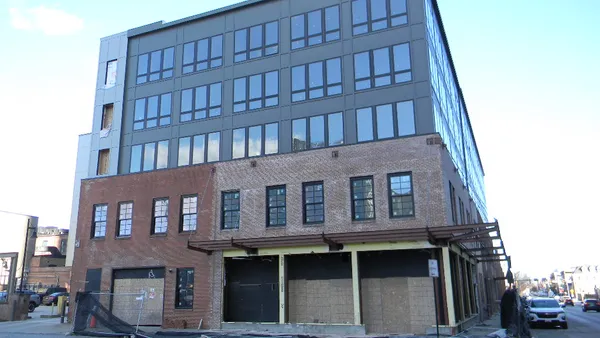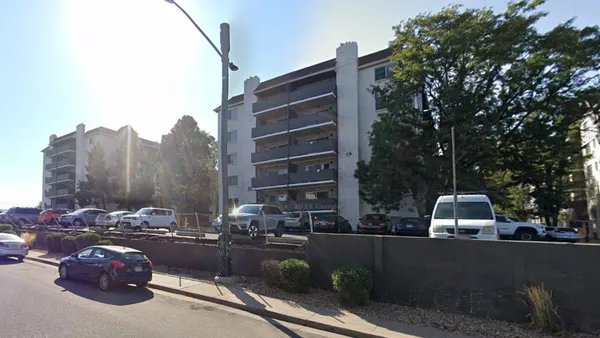The city of Austin is taking a new approach to keep lower-income residents in their homes amid increasing displacement pressure: A yearlong pilot program announced last week will hire community members to work closely with vulnerable renters and homeowners to help them access housing resources.
“Housing affordability is a crisis in Austin right now,” said Cara Bertron, senior planner at the city Housing and Planning Department’s Displacement Prevention office, in an interview.
Between 2021 and 2022, Austin rents increased 35%, and the median home price rose nearly 22%, according to the Housing and Planning Department. Tech jobs and wealthier residents have flooded the city, and housing production hasn’t kept pace.
Many residents who need housing resources most — such as renters, older individuals, people with disabilities and those in communities of color — may find it difficult to navigate the digital maze of application processes, Bertron said. “You can’t go to one place and file one application,” she said.
A program that connects residents with resources is “sorely needed,” said Jake Wegmann, associate professor at the University of Texas at Austin’s School of Architecture, where he researches housing affordability. The affordable housing system in the U.S. is complex and decentralized, sprawling across a network of programs and departments, he said.
“There are some people that say it’s a strength to have a decentralized system,” Wegmann said. “Whether that’s true or not doesn’t make it easier for the people looking for housing.”
How the program works
The Displacement Prevention Navigator pilot program will operate in two neighborhoods: Colony Park and Dove Springs.
Compared with Austin as a whole, these communities have high proportions of cost-burdened residents and residents who have lived in their homes for more than 20 years. Property values in these areas may soon rise further — potentially increasing the displacement pressure on residents — due to nearby infrastructure and redevelopment projects, including a major light rail and transit system expansion, according to the program’s webpage.
With a budget of $360,000 from the city’s Housing Trust Fund, the pilot program will hire 12 to 15 “navigators” — with a preference for residents with a connection to groups in the pilot communities and who are bilingual in English and Spanish. Navigators will be paid $25 an hour, trained over the summer and work 10 to 15 hours weekly from September 2023 until May 2024. Applications are due by April 30.
Potential navigator duties include helping households select the most appropriate resources, sign up for email addresses, and fill out and track applications. Navigators will visit peoples’ homes door to door and may hold regular “office hours” in public spaces such as libraries, Bertron said. The pilot program will also share information via door hangers and mailed materials.
What the program hopes to accomplish
Nefertitti Jackmon, Austin’s community displacement prevention officer, said at a press conference on March 30 that she was unaware of other cities with similar programs specifically focused on housing displacement. Jackmon said she hopes this program may serve as a template for other communities.
The Displacement Prevention Navigator program is based on several previous community ambassador programs in Austin that conducted outreach regarding affordable healthcare access and climate equity planning, Jackmon said.
The pilot program has the added benefit of helping the Housing and Planning Department answer important questions about the effectiveness of its programs, Bertron said, which could help the city identify gaps in housing resources or streamline applications.
The pilot program doesn’t address the fact that Austin needs more affordable housing, but it’s part of a “multi-pronged approach to a really large-scale and long-term challenge of community stabilization,” Bertron said.
“I don’t think this program itself will be a sea change,” she said. “But we are excited for the immediate potential.”












